Wonderful and Safe Sleep
Sleep is so wonderful, so restorative and so necessary. Ironically, parents lose sleep as they worry about how to safely rest with their baby.
The focus of Safe Sleep practices is the baby’s ability to breathe well. That is, to prevent risks from either Sudden Infant Death Syndrome (SIDS) or suffocation.
SIDS is an unexpected death of an otherwise healthy child in the first year. The cause of SIDS is still not fully understood. It is likely a neurological issue, when a baby is not able to rouse and regain breathing. (The National Institute of Health has more about the theories that you can read here.)
Two risk factors for SIDS are smoking (prenatal and second hand smoke) and prematurity. It’s important to note that breastfeeding is a preventative measure to reduce SIDS risk.
Studies done in Australia concluded that babies who slept on their backs had the lowest risk of SIDS than those who lay tummy-down or side-lying. This led to the Back-to-Sleep campaign which has evolved into the Safe Sleep campaigns.
For all babies, the American Academy of Pediatrics (AAP) recommends that babies be on a firm, uncluttered surface on their back and that they sleep nearby in the same room for the first six months. Being close, the caregiver can respond more quickly and more often. This is important because newborns, premature and full term, do not have fully developed systems. That responsiveness helps with the baby’s brain development and regulation.
Co-sleeping is on a separate surface, though close enough that a caregiver/parent can detect cues and respond. It can also include bed-sharing. For premature babies, it is recommended they have a separate sleep surface: a side bed or bassinet nearby. For a full term, healthy, breastfeeding baby, there are ways to reduce the potential risks of sharing a sleep surface.
When we talk to families about safe sleep practices, we aim to present a culturally appropriate, respectful and non-judgemental message. We recommend two resources for solid information and practical guidelines, in addition to recommendations by the National Institutes of Health. These will help you consider your safe sleep arrangement.
The research done by James McKenna, PhD focuses on sleep arrangements of families and the effect that has on infant brain and body development. His lab, the MotherBaby Sleep Lab at University of Notre Dame has thorough research, answers to Frequently Asked Questions, hand-outs you can print and several publications for your learning.
Another informative resource is Sweet Sleep; Naptime and Nighttime Strategies for the Breastfeeding Family. This book reviews studies regarding bed-sharing practices and the physiological need for babies to be near a parent. The authors include practical suggestions for various situations. They also created this catchy song that summarizes the guidelines.
‘The Safe Sleep Seven’ sung to the tune of Row Row Row Your Boat.
No smoke, sober mom*
Baby at your breast
Healthy baby on his back
Keep him lightly dressed.
Not too soft a bed
Watch the cords and gaps
Keep the covers of her head
For your nights and naps.
(*breastfeeding parent)
To be clear, not breathing due to suffocation is a different risk than not breathing due to SIDS. Suffocation is when something obstructs the baby’s airway. That can happen to any child at any age if safe measures are not taken. Invariably, a parent will fall asleep in bed with their baby. It’s wise to plan ahead and make the area safe, whether breastfeeding or not.
The AAP gives the following practical advice in their “Updated 2022 Recommendations for Reducing Infant Deaths in the Sleep Environment”
* Falling asleep on the couch, sofa or recliner with a baby is not safe. Couches and recliners do not support good breathing posture.
* Car seats on the floor are not safe for sleeping. They are at an angle that can tilt a child’s head forward, making it difficult to breathe. Car seats in cars, properly installed, are safe.
• There are several products on the market you should avoid.
* Feeding of human milk is recommended because it is associated with a reduced risk of SIDS.
Being responsive and responsible for a child, even during your sleep, may be a big change in your adult life. Review this information to understand safe sleep with babies. Then make the necessary adjustments in your bedding and your habits. You and your family can rest easy knowing you’ve reduced the risks.
